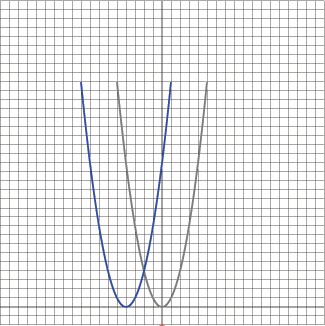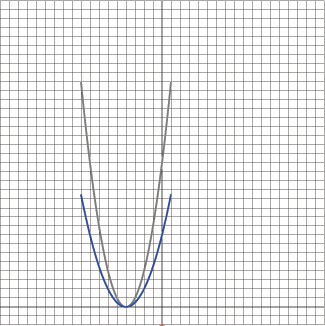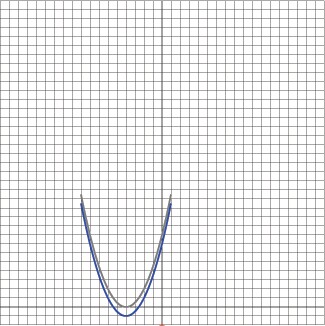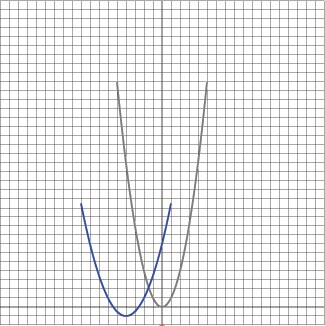The grey graph shows the original function, and the blue graph shows the current function.

The
0.5 coefficent in front of the f (x+4) causes all the y values to be
scaled down 1/2. Compress the graph vertically by this factor.



| The basic function has a f(x+4) term. This
results in a shift of four in the negative direction. The grey graph shows the original function, and the blue graph shows the current function. |
 |
|
The
0.5 coefficent in front of the f (x+4) causes all the y values to be
scaled down 1/2. Compress the graph vertically by this factor.
|
 |
| The last - 1 term indicates that all the y
values should be shifted down one. Translate the graph 1 unit downward. |
 |
| This is a comparison of the original graph
and the new translated graph. |
 |